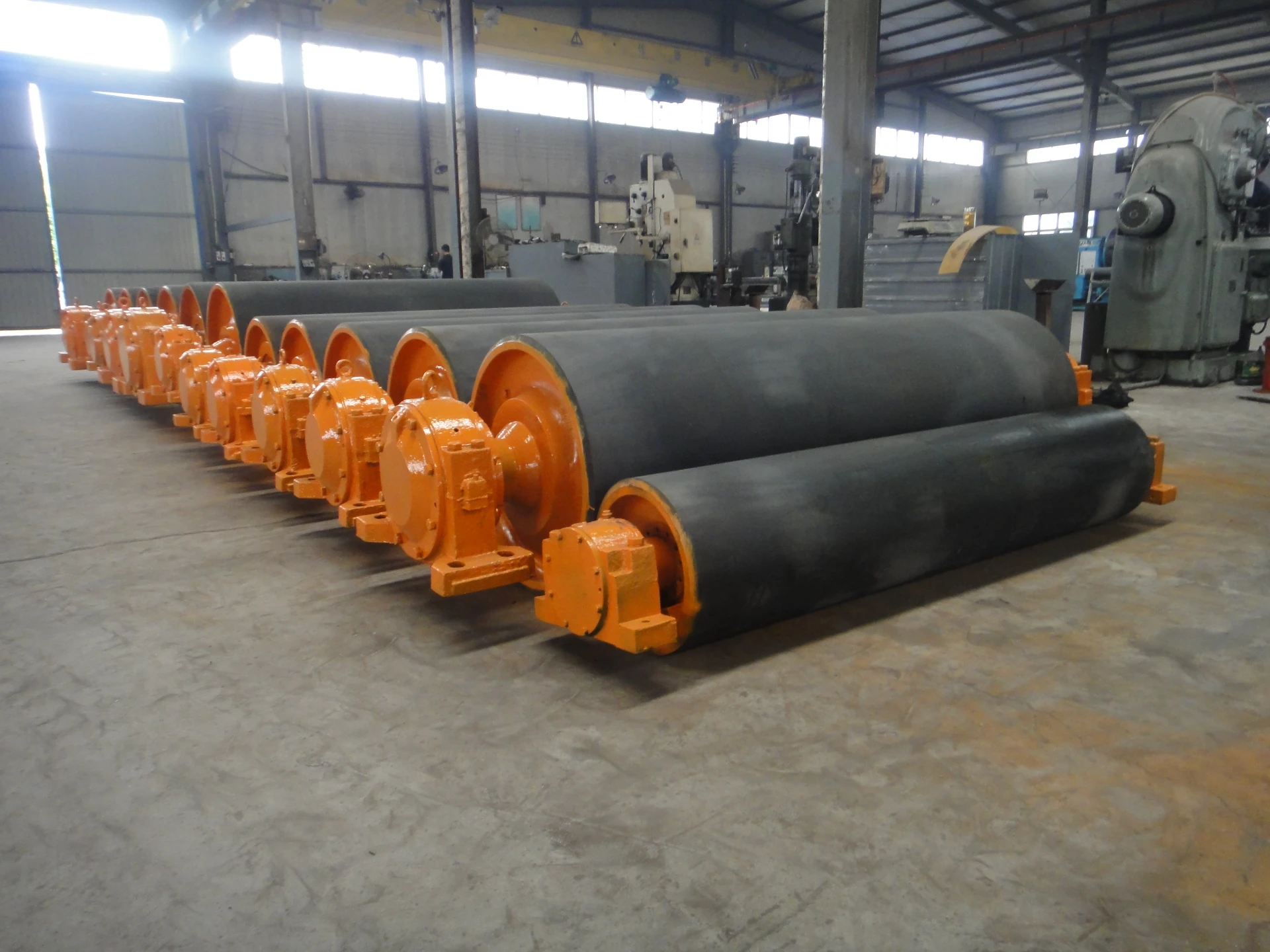 Afrikaans
Afrikaans  Albanian
Albanian  Amharic
Amharic  Arabic
Arabic  Armenian
Armenian  Azerbaijani
Azerbaijani  Basque
Basque  Belarusian
Belarusian  Bengali
Bengali  Bosnian
Bosnian  Bulgarian
Bulgarian  Catalan
Catalan  Cebuano
Cebuano  Corsican
Corsican  Croatian
Croatian  Czech
Czech  Danish
Danish  Dutch
Dutch  English
English  Esperanto
Esperanto  Estonian
Estonian  Finnish
Finnish  French
French  Frisian
Frisian  Galician
Galician  Georgian
Georgian  German
German  Greek
Greek  Gujarati
Gujarati  Haitian Creole
Haitian Creole  hausa
hausa  hawaiian
hawaiian  Hebrew
Hebrew  Hindi
Hindi  Miao
Miao  Hungarian
Hungarian  Icelandic
Icelandic  igbo
igbo  Indonesian
Indonesian  irish
irish  Italian
Italian  Japanese
Japanese  Javanese
Javanese  Kannada
Kannada  kazakh
kazakh  Khmer
Khmer  Rwandese
Rwandese  Korean
Korean  Kurdish
Kurdish  Kyrgyz
Kyrgyz  Lao
Lao  Latin
Latin  Latvian
Latvian  Lithuanian
Lithuanian  Luxembourgish
Luxembourgish  Macedonian
Macedonian  Malgashi
Malgashi  Malay
Malay  Malayalam
Malayalam  Maltese
Maltese  Maori
Maori  Marathi
Marathi  Mongolian
Mongolian  Myanmar
Myanmar  Nepali
Nepali  Norwegian
Norwegian  Norwegian
Norwegian  Occitan
Occitan  Pashto
Pashto  Persian
Persian  Polish
Polish  Portuguese
Portuguese  Punjabi
Punjabi  Romanian
Romanian  Russian
Russian  Samoan
Samoan  Scottish Gaelic
Scottish Gaelic  Serbian
Serbian  Sesotho
Sesotho  Shona
Shona  Sindhi
Sindhi  Sinhala
Sinhala  Slovak
Slovak  Slovenian
Slovenian  Somali
Somali  Spanish
Spanish  Sundanese
Sundanese  Swahili
Swahili  Swedish
Swedish  Tagalog
Tagalog  Tajik
Tajik  Tamil
Tamil  Tatar
Tatar  Telugu
Telugu  Thai
Thai  Turkish
Turkish  Turkmen
Turkmen  Ukrainian
Ukrainian  Urdu
Urdu  Uighur
Uighur  Uzbek
Uzbek  Vietnamese
Vietnamese  Welsh
Welsh  Bantu
Bantu  Yiddish
Yiddish  Yoruba
Yoruba  Zulu
Zulu Rubber Coating for Enhanced Pulley Performance and Durability
Rubber Lagging Pulley Enhancing Performance and Durability in Conveyor Systems
In the realm of material handling, conveyor systems play a critical role in various industries, such as mining, agriculture, and manufacturing. A crucial component of these systems is the pulley, which serves as the driving force that facilitates the movement of materials along the conveyor belts. To enhance the effectiveness and longevity of these pulleys, rubber lagging has emerged as a preferred solution. In this article, we will explore the benefits, applications, and maintenance of rubber lagging pulleys.
Rubber lagging is a type of protective covering applied to the surface of pulleys. Made from high-quality rubber compounds, this lagging provides several key benefits. Firstly, it significantly improves the traction between the pulley and the conveyor belt. This increased friction reduces slippage, ensuring that the belt maintains consistent movement even under heavy loads or challenging conditions. As a result, the overall efficiency of the conveyor system is enhanced, leading to reduced operational costs and increased productivity.
Additionally, rubber lagging acts as a protective barrier for pulleys. Over time, pulleys can suffer from wear and tear, especially in environments with abrasive materials. By applying rubber lagging, the underlying metal pulley is protected from damage caused by elements such as dust, sand, and sharp materials. This protective layer increases the lifespan of the pulley, ultimately reducing the frequency of replacements and maintenance interventions.
rubber lagging pulley

Another important advantage of rubber lagging is its ability to absorb vibrations. In conveyor systems, excessive vibration can lead to mechanical failure and compromise the integrity of the entire system. The rubber material acts as a shock absorber, minimizing the impact of vibrations experienced during operation. By reducing these vibrations, rubber lagging helps to maintain alignment and stability while also protecting other components of the conveyor system.
The applications of rubber lagging pulleys are diverse. Industries engaged in the transportation of bulk materials, such as coal, grains, and minerals, benefit particularly from this technology. Rubber lagging can also be found in quarrying operations, deep-sea mining, and recycling facilities, where the handling of heavy, abrasive materials is common. Moreover, rubber lagging is useful in environments prone to wet or slippery conditions, where enhanced traction is necessary to prevent belt slippage.
Despite its advantages, proper maintenance of rubber lagging pulleys is essential to ensure optimal performance. Regular inspections should be conducted to detect any signs of wear, damage, or degradation of the rubber. If cracks, tears, or significant wear are observed, timely replacement of the lagging can prevent further complications. Additionally, maintaining proper tension in the conveyor belt is crucial, as insufficient tension can lead to slippage and increased wear on both the lagging and the belt.
In conclusion, rubber lagging pulleys play a vital role in ensuring the efficient and reliable operation of conveyor systems across various industries. By providing enhanced traction, protection from wear, and vibration absorption, rubber lagging contributes to both the longevity of the pulley and the overall performance of the conveyor system. As industries continue to evolve and demand higher efficiencies, the adoption of rubber lagging technology will likely remain a key consideration for engineers and operators aiming to optimize their material handling processes. Through diligent maintenance and proper application, the benefits of rubber lagging pulleys can be fully realized, leading to increased productivity and reduced operational costs.
-
Trusted Conveyor Solutions from Leading Conveyor Idler Roller ManufacturersNewsJun.27,2025
-
Reliable Return Idler Solutions for Efficient Belt Conveyor SystemsNewsJun.27,2025
-
Precision Conveyor Accessories for Streamlined Material HandlingNewsJun.27,2025
-
High-Quality Belt Conveyor Idler Solutions for Efficient Material HandlingNewsJun.27,2025
-
High-Performance Belt Conveyor Pulleys for Reliable Material HandlingNewsJun.27,2025
-
Enhancing Material Handling EfficiencyNewsJun.27,2025





























